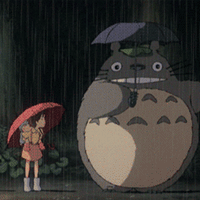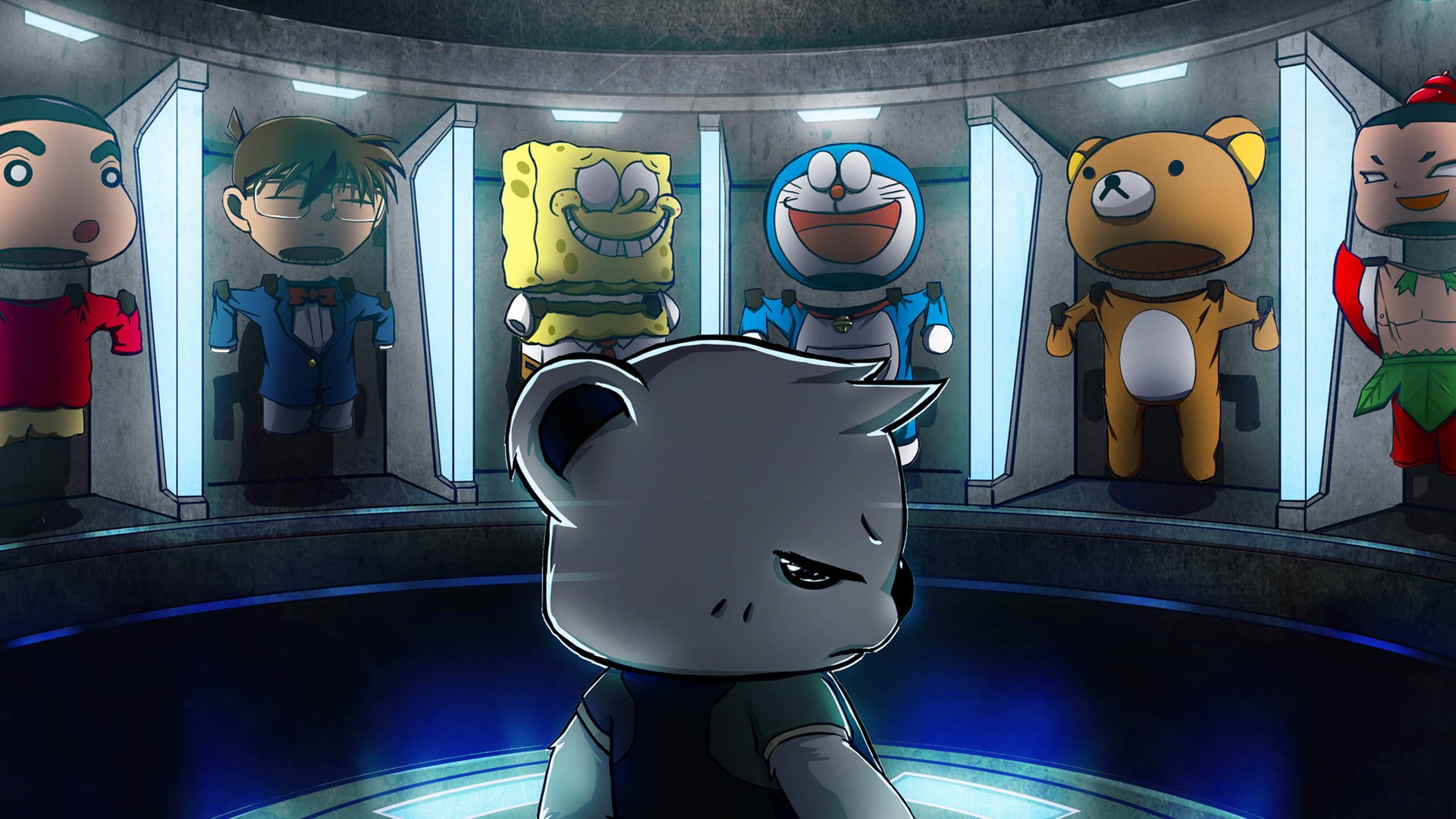Qt中的lambda表达式
跳转界面前先学习一个知识点是lambda表达式。
Lambda我们可以将其理解为一个未命名的内联函数。
与任何函数类似,一个lambda具有一个返回类型,一个参数列表和一个函数体。但与函数不同,lambda可能定义在函数内部。
一个lambda表达式具有如下形式:
[capture list] (parameter list) ->return type {function body}
capture list: 捕获列表,是一个lambda所在函数中定义的局部变量列表(通常为空)
parameter list:参数列表
return type:返回类型
function body:函数体
但是与普通函数不同,lambda必须使用尾置返回来指定返回类型
我们可以忽略参数列表和返回类型,但必须永远包含捕获列表和函数体
1
2
3
4
5
6
| this->setGeometry(800, 480);
QPushButton *pushButton = new QPushButton("开关", this);
pushButton -> setGeometry( 200, 100, 40 ,20);
connect( pushButton, SIGNAL(clicked()), this, [=](){
this->close();
})
|
结果就是可以点击开关就可以关闭界面。
设计界面(画图)
添加资源文件

添加一个界面的ui图片。

之后还是添加一个文件,这个文件是作为一个下一个界面的文件。要勾选QMainWindow作为基类。
进行绘图
在mypage.cpp中编写界面大小。
1
2
3
4
5
| #include "mypage.h"
mypage::mypage(QWidget *parent) : QMainWindow(parent)
{
this->setFixedSize(1080, 900);
}
|
在mainwindow.h中添加绘图的函数,因为在MainWindow的构造函数只运行一次。
1
2
3
4
5
6
7
8
9
10
11
12
13
14
15
16
17
18
19
20
21
22
23
24
25
26
27
28
| #ifndef MAINWINDOW_H
#define MAINWINDOW_H
#include <QMainWindow>
#include <QPainter>
#include <QPixmap>
#include <QPaintEvent>
#include <QPushButton>
QT_BEGIN_NAMESPACE
namespace Ui { class MainWindow; }
QT_END_NAMESPACE
class MainWindow : public QMainWindow
{
Q_OBJECT
public:
void paintEvent(QPaintEvent *);
MainWindow(QWidget *parent = nullptr);
~MainWindow();
private:
Ui::MainWindow *ui;
QPushButton *pushButton;
};
#endif
|
mainwindow.cpp文件中
1
2
3
4
5
6
7
8
9
10
11
12
13
14
15
16
17
18
19
20
21
22
23
24
25
26
27
28
29
30
31
32
| #include "mainwindow.h"
#include "ui_mainwindow.h"
#include <QDebug>
#include <QPixmap>
#include <QPainter>
#include <QPushButton>
#include "mypage.h"
MainWindow::MainWindow(QWidget *parent)
: QMainWindow(parent)
, ui(new Ui::MainWindow)
{
ui->setupUi(this);
this->setFixedSize( 800, 480 );
QPushButton *pushButton = new QPushButton("jump",this);
pushButton->setGeometry(100, 200, 40, 30);
mypage *scene = new mypage;
connect(pushButton, &QPushButton::clicked, this,[=](){
this->close();
scene->show();
});
}
MainWindow::~MainWindow()
{
delete ui;
}
void MainWindow::paintEvent(QPaintEvent *)
{
QPainter painter(this);
QPixmap pixmap(":/ig.png");
painter.drawPixmap( 0, 0, this->width(), this->height(), pixmap);
}
|
点击完界面的按钮就能进入下一个界面。
从新界面点击按钮在返回主界面。
在mypage.h文件中加入信号,这个信号是为了在次界面点击按钮时候来激发信号。
1
2
| signals:
void returnpage();
|
修改mypage.cpp文件,加入按钮,并连接槽函数。
1
2
3
4
5
6
7
8
9
10
| #include "mypage.h"
mypage::mypage(QWidget *parent) : QMainWindow(parent)
{
this->setFixedSize(800, 480);
pushButton1 = new QPushButton("返回", this);
pushButton1 -> setGeometry( 400, 300, 40 ,30);
connect(pushButton1, &QPushButton::clicked, this, [=](){
emit chooseBack();
});
}
|
返回修改mainwindow.cpp文件
1
2
3
4
5
6
7
8
9
10
11
12
13
14
15
16
17
18
19
20
21
22
23
24
25
26
27
28
29
30
31
32
33
34
35
36
| #include "mainwindow.h"
#include "ui_mainwindow.h"
#include <QDebug>
#include <QPixmap>
#include <QPainter>
#include <QPushButton>
#include "mypage.h"
MainWindow::MainWindow(QWidget *parent)
: QMainWindow(parent)
, ui(new Ui::MainWindow)
{
ui->setupUi(this);
this->setFixedSize( 800, 480 );
QPushButton *pushButton = new QPushButton("jump",this);
pushButton->setGeometry(100, 200, 40, 30);
mypage *scene = new mypage;
connect(pushButton, &QPushButton::clicked, this,[=](){
this->close();
scene->show();
});
connect(scene, &mypage::chooseBack, this,[=](){
scene->hide();
this->show();
});
}
MainWindow::~MainWindow()
{
delete ui;
}
void MainWindow::paintEvent(QPaintEvent *)
{
QPainter painter(this);
QPixmap pixmap(":/ig.png");
painter.drawPixmap( 0, 0, this->width(), this->height(), pixmap);
}
|








